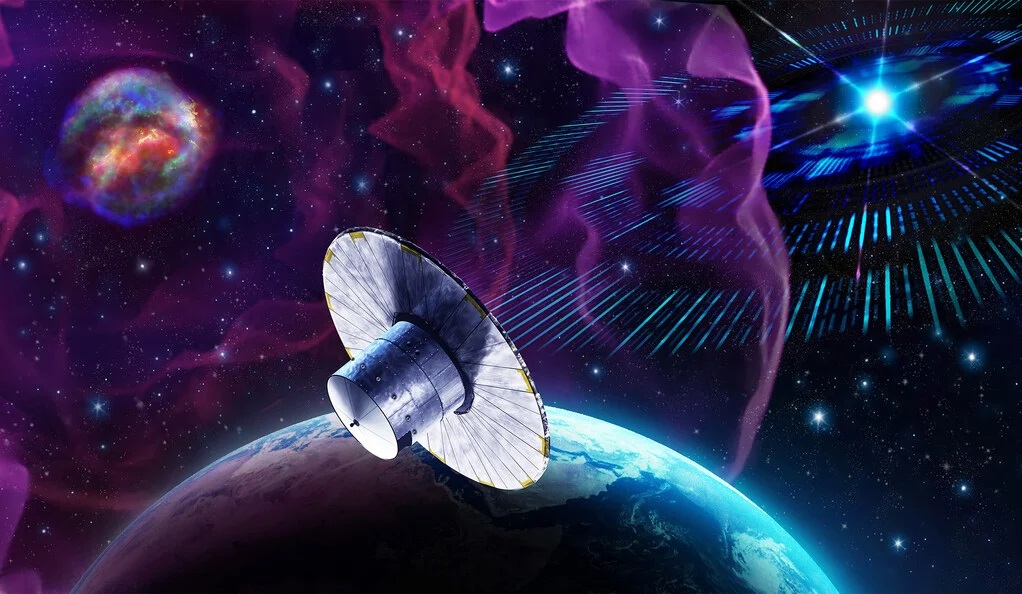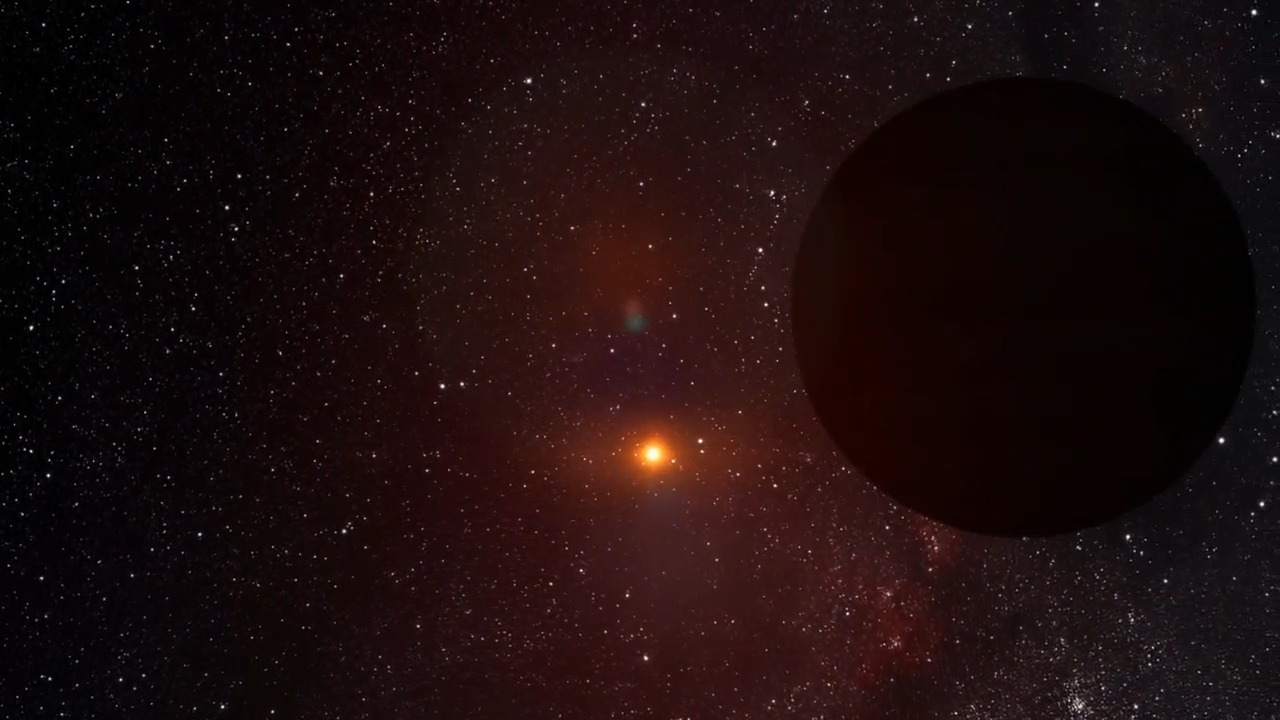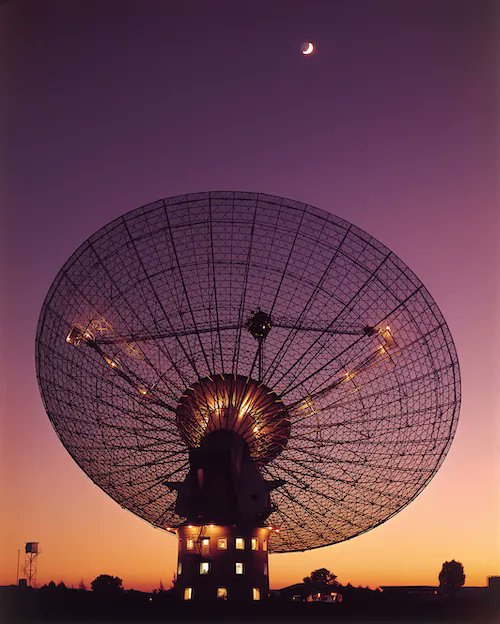The Search for Extraterrestrial Intelligence (SETI) has evolved considerably in the past sixty years since the first experiment was conducted. This was Project Ozma, which was conducted in 1960 by Dr. Frank Drake and his colleagues using the National Radio Astronomy Observatory (NRAO) in Green Bank, West Virginia. While the experiment did not reveal any radio signals from space, it established the foundation upon which all future SETI is based. Like Ozma, the vast majority of these experiments have searched for possible technosignatures in the radio spectrum.
Unfortunately, this search has always been plagued by the problem of radio interference from Earth-based radio antennas and satellites in orbit, which can potentially flood SETI surveys with false positives. In a recent study, an international team of astronomers (including researchers with Breakthrough Listen) recommended that future technosignature searches rely on multi-site simultaneous observations. This has the potential of eliminating interference from terrestrial sources and narrowing the search for extraterrestrial radio signals.
Continue reading “SETI Works Best When Telescopes Double-Check Each Other”








